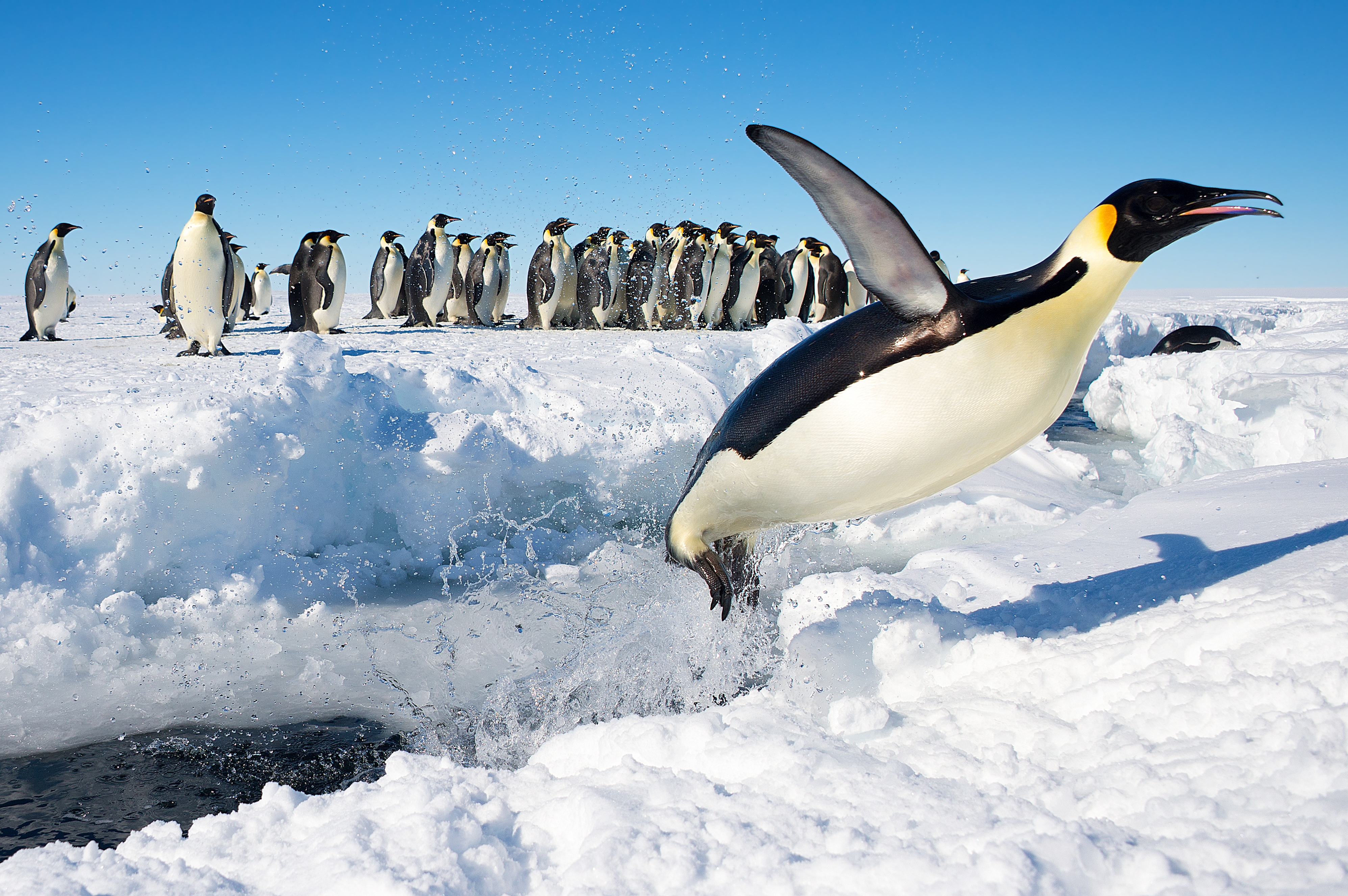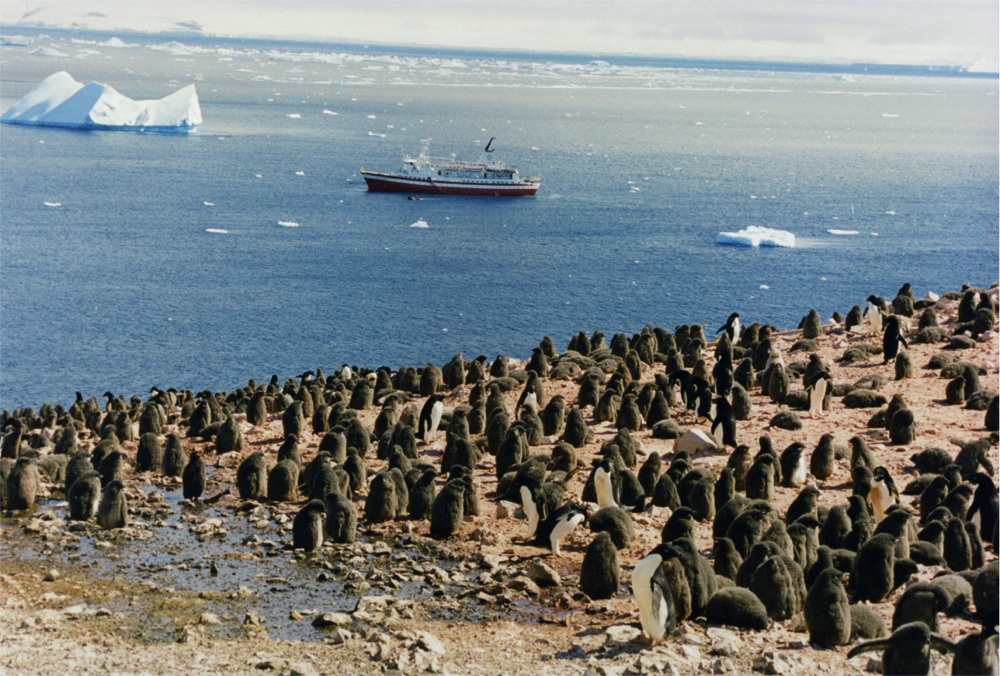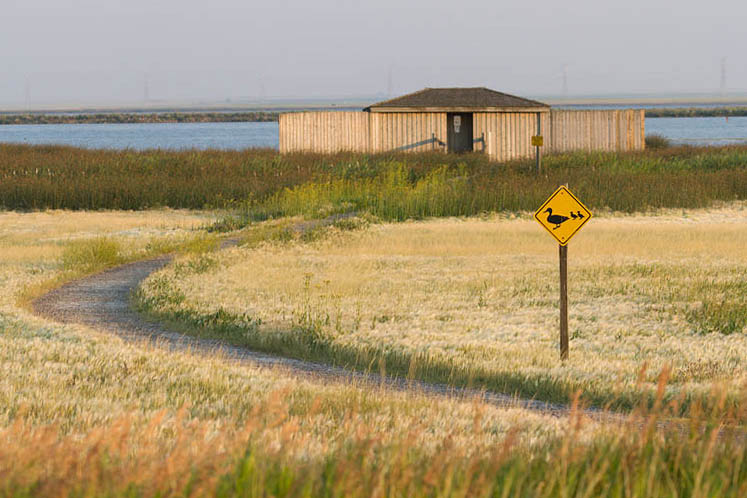|
Shingle Cove
Shingle Cove is a small, sheltered cove in the north-west corner of Iceberg Bay, several kilometres east of Cape Hansen, on the south coast of Coronation Island, in the South Orkney Islands of Antarctica. The nearest research station is the British Signy, about 1.5 km south-west of Cape Hansen. Discovery and naming The cove was first surveyed by DI personnel in 1933. The name, applied by the Falkland Islands Dependencies Survey (FIDS) following their survey of 1948–49, arose from the fine shingle on the landing beach on the south shore of the cove. Important Bird Area A 34 ha site comprising the ice-free area south-west and adjacent to the cove has been designated an Important Bird Area (IBA) by BirdLife International because it supports a colony of about 13,000 Adélie penguins, with another 3,000 pairs within the cove. Other birds recorded as breeding at the site include Cape and snow petrels, skuas and snowy sheathbill The snowy sheathbill (''Chionis albu ... [...More Info...] [...Related Items...] OR: [Wikipedia] [Google] [Baidu] |
BirdLife International
BirdLife International is a global partnership of non-governmental organizations that strives to conserve birds and their habitats. BirdLife International's priorities include preventing extinction of bird species, identifying and safeguarding important sites for birds, maintaining and restoring key bird habitats, and empowering conservationists worldwide. It has a membership of more than 2.5 million people across 116 country partner organizations, including the Royal Society for the Protection of Birds, the Wild Bird Society of Japan, the National Audubon Society and American Bird Conservancy. BirdLife International has identified 13,000 Important Bird and Biodiversity Areas and is the official International Union for Conservation of Nature’s Red List authority for birds. As of 2015, BirdLife International has established that 1,375 bird species (13% of the total) are threatened with extinction ( critically endangered, endangered or vulnerable). BirdLife International p ... [...More Info...] [...Related Items...] OR: [Wikipedia] [Google] [Baidu] |
Penguin Colonies
Penguins ( order Sphenisciformes , family Spheniscidae ) are a group of aquatic flightless birds. They live almost exclusively in the Southern Hemisphere: only one species, the Galápagos penguin, is found north of the Equator. Highly adapted for life in the water, penguins have countershaded dark and white plumage and flippers for swimming. Most penguins feed on krill, fish, squid and other forms of sea life which they catch with their bills and swallow it whole while swimming. A penguin has a spiny tongue and powerful jaws to grip slippery prey. They spend roughly half of their lives on land and the other half in the sea. The largest living species is the emperor penguin (''Aptenodytes forsteri''): on average, adults are about tall and weigh . The smallest penguin species is the little blue penguin (''Eudyptula minor''), also known as the fairy penguin, which stands around tall and weighs . Today, larger penguins generally inhabit colder regions, and smaller penguins in ... [...More Info...] [...Related Items...] OR: [Wikipedia] [Google] [Baidu] |
Important Bird Areas Of Antarctica
Importance is a property of entities that matter or make a difference. For example, World War II was an important event and Albert Einstein was an important person because of how they affected the world. There are disagreements in the academic literature about what type of difference is required. According to the causal impact view, something is important if it has a big causal impact on the world. This view is rejected by various theorists, who insist that an additional aspect is required: that the impact in question makes a value difference. This is often understood in terms of how the important thing affects the well-being of people. So on this view, World War II was important, not just because it brought about many wide-ranging changes but because these changes had severe negative impacts on the well-being of the people involved. The difference in question is usually understood counterfactually as the contrast between how the world actually is and how the world would have bee ... [...More Info...] [...Related Items...] OR: [Wikipedia] [Google] [Baidu] |
Snowy Sheathbill
The snowy sheathbill (''Chionis albus''), also known as the greater sheathbill, pale-faced sheathbill, and paddy, is one of two species of sheathbill. It is usually found on the ground. It is the only land bird native to the Antarctic continent. Taxonomy The snowy sheathbill was formally described in 1789 by the German naturalist Johann Friedrich Gmelin in his revised and expanded edition of Carl Linnaeus's ''Systema Naturae''. He placed it in a new genus ''Vaginalis'' and coined the binomial name ''Vaginalis alba''. Gmelin based his description on the "white sheath-bill" that had been described and illustrated in 1785 by the English ornithologist John Latham in his ''A General Synopsis of Birds ''. Latham erroneously believed that the bird was found in New Zealand. The type locality was designated as the Falkland Islands by Baron Bradford and Charles Chubb in 1912. The snowy sheathbill is now placed in the genus ''Chionis'' that was introduced in 1788 by the German naturalist ... [...More Info...] [...Related Items...] OR: [Wikipedia] [Google] [Baidu] |
Skua
The skuas are a group of predatory seabirds with seven species forming the genus ''Stercorarius'', the only genus in the family Stercorariidae. The three smaller skuas, the long-tailed skua, the Arctic skua, and the pomarine skua are called jaegers in North American English. The English word "skua" comes from the Faroese name for the great skua, , with the island of Skúvoy renowned for its colony of that bird. The general Faroese term for skuas is . The word "jaeger" is derived from the German word , meaning "hunter". The genus name ''Stercorarius'' is Latin and means "of dung"; because the food disgorged by other birds when pursued by skuas was once thought to be excrement. Skuas nest on the ground in temperate and Arctic regions, and are long-distance migrants. They have even been sighted at the South Pole. Biology and habits Outside the breeding season, skuas take fish, offal, and carrion. Many practice kleptoparasitism, which comprises up to 95% of the feeding metho ... [...More Info...] [...Related Items...] OR: [Wikipedia] [Google] [Baidu] |
Snow Petrel
The snow petrel (''Pagodroma nivea'') is the only member of the genus ''Pagodroma.'' It is one of only three birds that has been seen at the Geographic South Pole, along with the Antarctic petrel and the south polar skua, which have the most southerly breeding sites of any bird, inland in Antarctica. Taxonomy The snow petrel was described in 1777 by the German naturalist Georg Forster in his book ''A Voyage Round the World''. He had accompanied James Cook on Cook's second voyage to the Pacific. We particularly observed a petrel, about the size of a pigeon, entirely white, with a black bill and blueish feet; it constantly appeared about the icy masses, and may be looked upon as a sure fore-runner of ice. Forster placed the snow petrel in the genus ''Procellaria'' that had been erected for the petrels by Carl Linnaeus in 1758 and coined the binomial name ''Procellaria nivea''. The snow petrel is now the only species placed in the genus ''Pagodroma'' that was introduced for the ... [...More Info...] [...Related Items...] OR: [Wikipedia] [Google] [Baidu] |
Adélie Penguin
The Adélie penguin (''Pygoscelis adeliae'') is a species of penguin common along the entire coast of the Antarctic continent, which is the only place where it is found. It is the most widespread penguin species, and, along with the emperor penguin, is the most southerly distributed of all penguins. It is named after Adélie Land, in turn named for Adèle Dumont d'Urville, who was married to French explorer Jules Dumont d'Urville, who first discovered this penguin in 1840. Adélie penguins obtain their food by both predation and foraging, with a diet of mainly krill and fish. Taxonomy and systematics The first Adélie penguin specimens were collected by crew members of French explorer Jules Dumont d'Urville on his expedition to Antarctica in the late 1830s and early 1840s. Jacques Bernard Hombron and Honoré Jacquinot, two French surgeons who doubled as naturalists on the journey, described the bird for science in 1841, giving it the scientific name ''Catarrhactes adeli� ... [...More Info...] [...Related Items...] OR: [Wikipedia] [Google] [Baidu] |
Important Bird Area
An Important Bird and Biodiversity Area (IBA) is an area identified using an internationally agreed set of criteria as being globally important for the conservation of bird populations. IBA was developed and sites are identified by BirdLife International. There are over 13,000 IBAs worldwide. These sites are small enough to be entirely conserved and differ in their character, habitat or ornithological importance from the surrounding habitat. In the United States the Program is administered by the National Audubon Society. Often IBAs form part of a country's existing protected area network, and so are protected under national legislation. Legal recognition and protection of IBAs that are not within existing protected areas varies within different countries. Some countries have a National IBA Conservation Strategy, whereas in others protection is completely lacking. History In 1985, following a specific request from the European Economic Community, Birdlife International ... [...More Info...] [...Related Items...] OR: [Wikipedia] [Google] [Baidu] |
Iceberg Bay
Iceberg Bay is a bay wide, which indents the south coast of Coronation Island between Cape Hansen and Olivine Point, in the South Orkney Islands, Antarctica. It was named by Matthew Brisbane, who roughly charted the south coast of Coronation Island under the direction of James Weddell in 1823. Beaufoy Ridge and Sunshine Glacier lie close north of Iceberg Bay. Shingle Cove is a small sheltered cove in the northwest corner of Iceberg Bay. on the south coast of Coronation Island, in the South Orkney Islands. It was first surveyed by Discovery Investigations personnel in 1933. The name, applied by the Falkland Islands Dependencies Survey The British Antarctic Survey (BAS) is the United Kingdom's national polar research institute. It has a dual purpose, to conduct polar science, enabling better understanding of global issues, and to provide an active presence in the Antarctic on ... (FIDS) following their survey of 1948–49, arose from the fine shingle on the landing beach on the ... [...More Info...] [...Related Items...] OR: [Wikipedia] [Google] [Baidu] |
Falkland Islands Dependencies Survey
The British Antarctic Survey (BAS) is the United Kingdom's national polar research institute. It has a dual purpose, to conduct polar science, enabling better understanding of global issues, and to provide an active presence in the Antarctic on behalf of the UK. It is part of the Natural Environment Research Council (NERC). With over 400 staff, BAS takes an active role in Antarctic affairs, operating five research stations, one ship and five aircraft in both polar regions, as well as addressing key global and regional issues. This involves joint research projects with over 40 UK universities and more than 120 national and international collaborations. Having taken shape from activities during World War II, it was known as the Falkland Islands Dependencies Survey until 1962. History Operation Tabarin was a small British expedition in 1943 to establish permanently occupied bases in the Antarctic. It was a joint undertaking by the Admiralty and the Colonial Office. At the end of t ... [...More Info...] [...Related Items...] OR: [Wikipedia] [Google] [Baidu] |






.jpg)